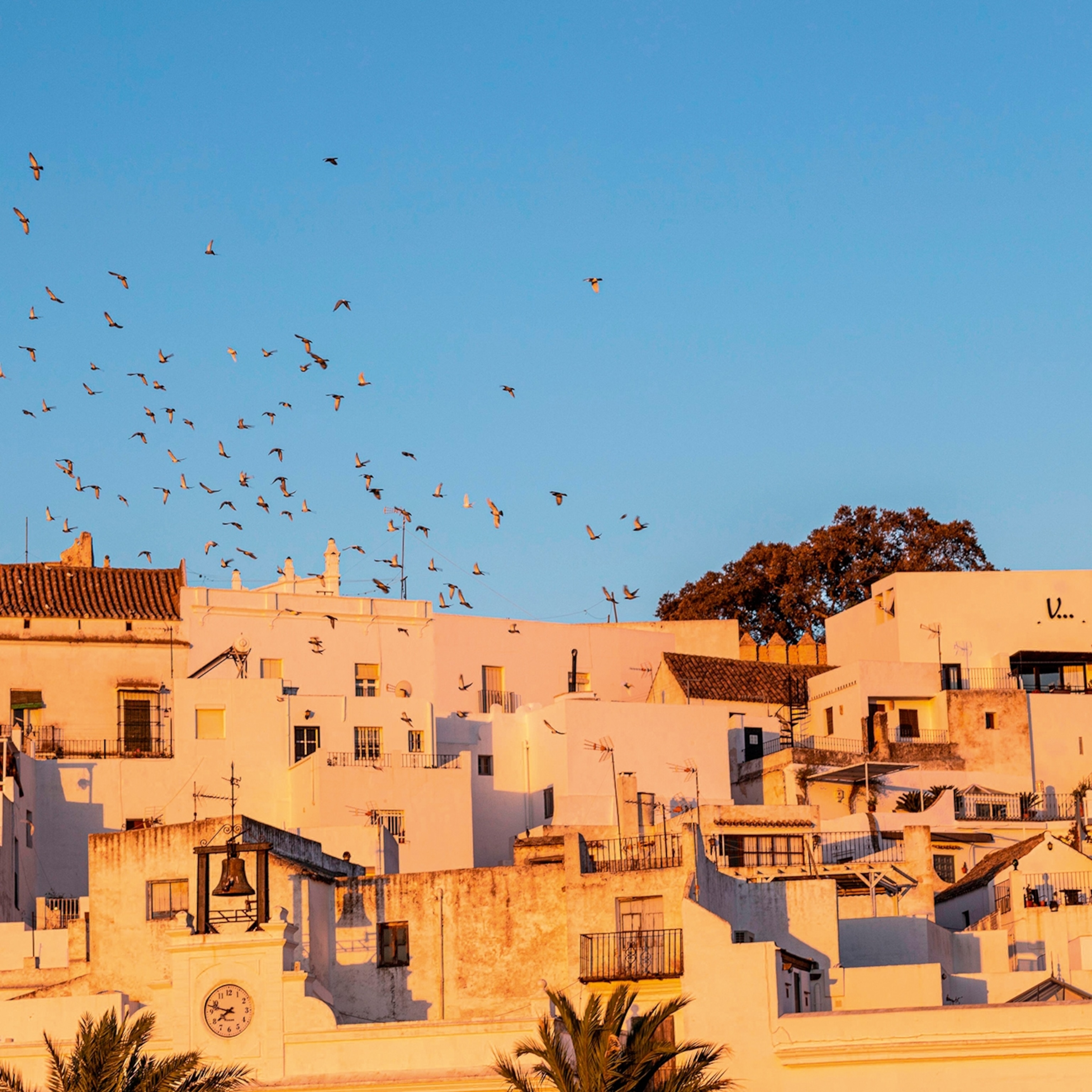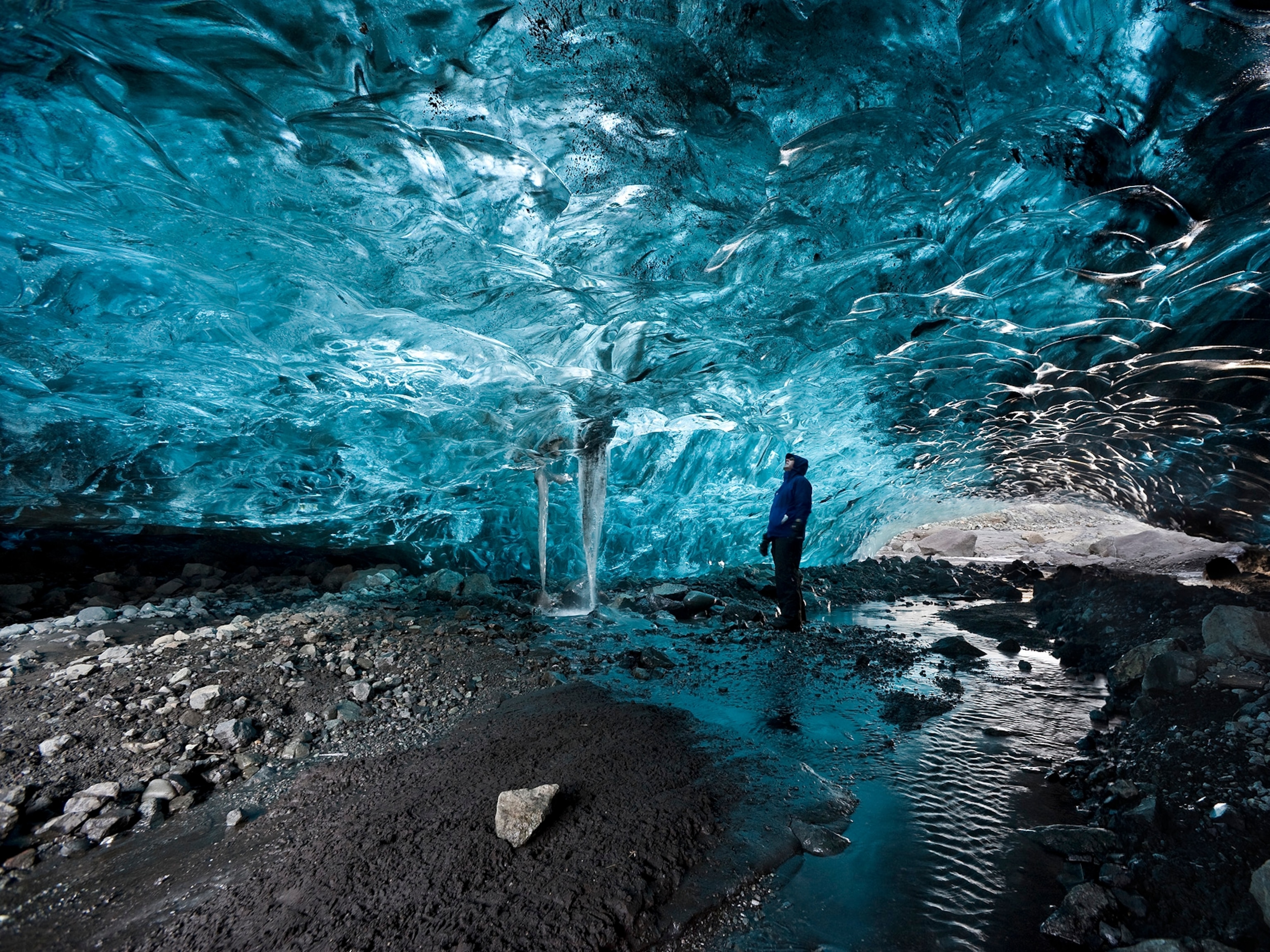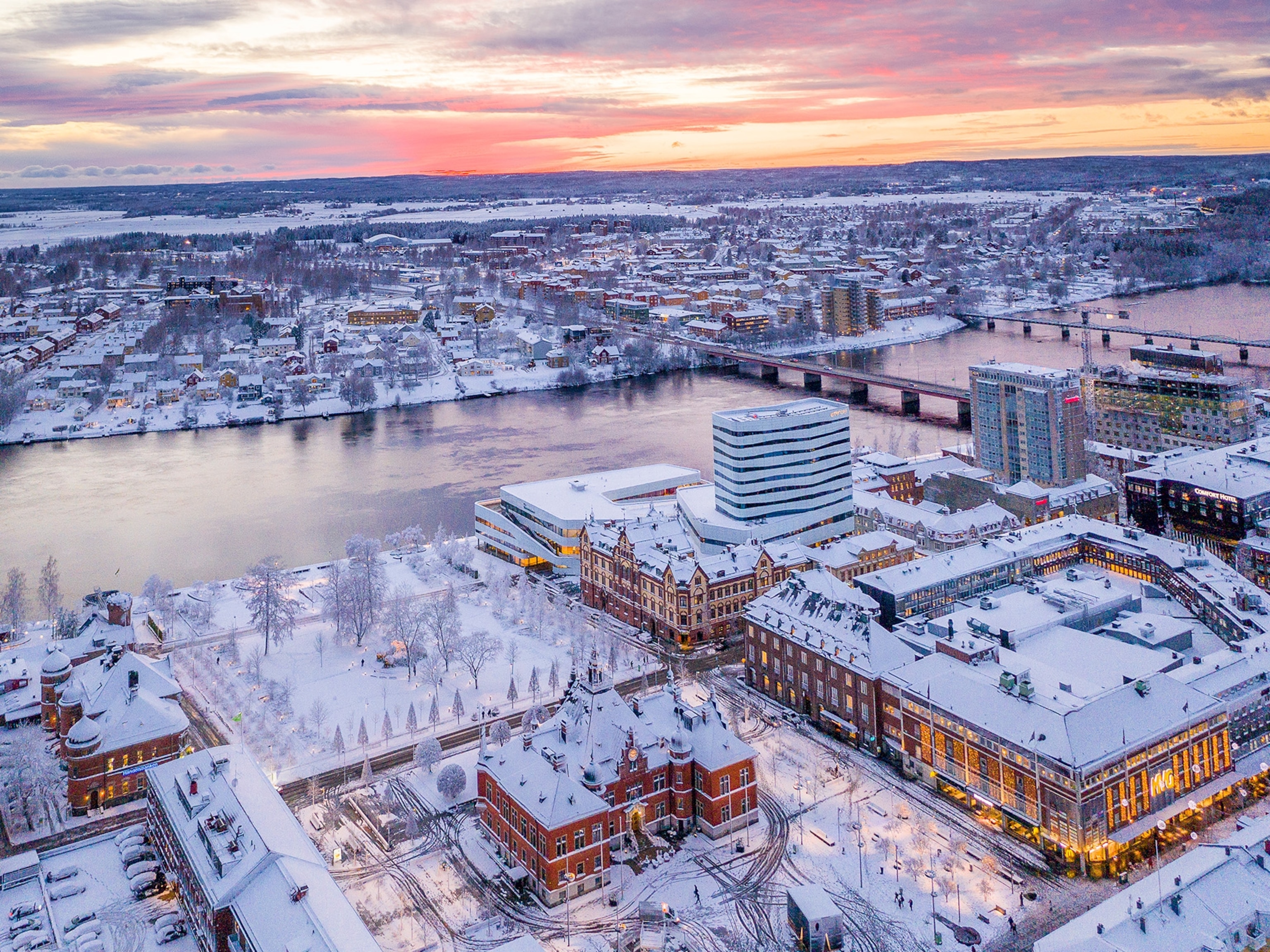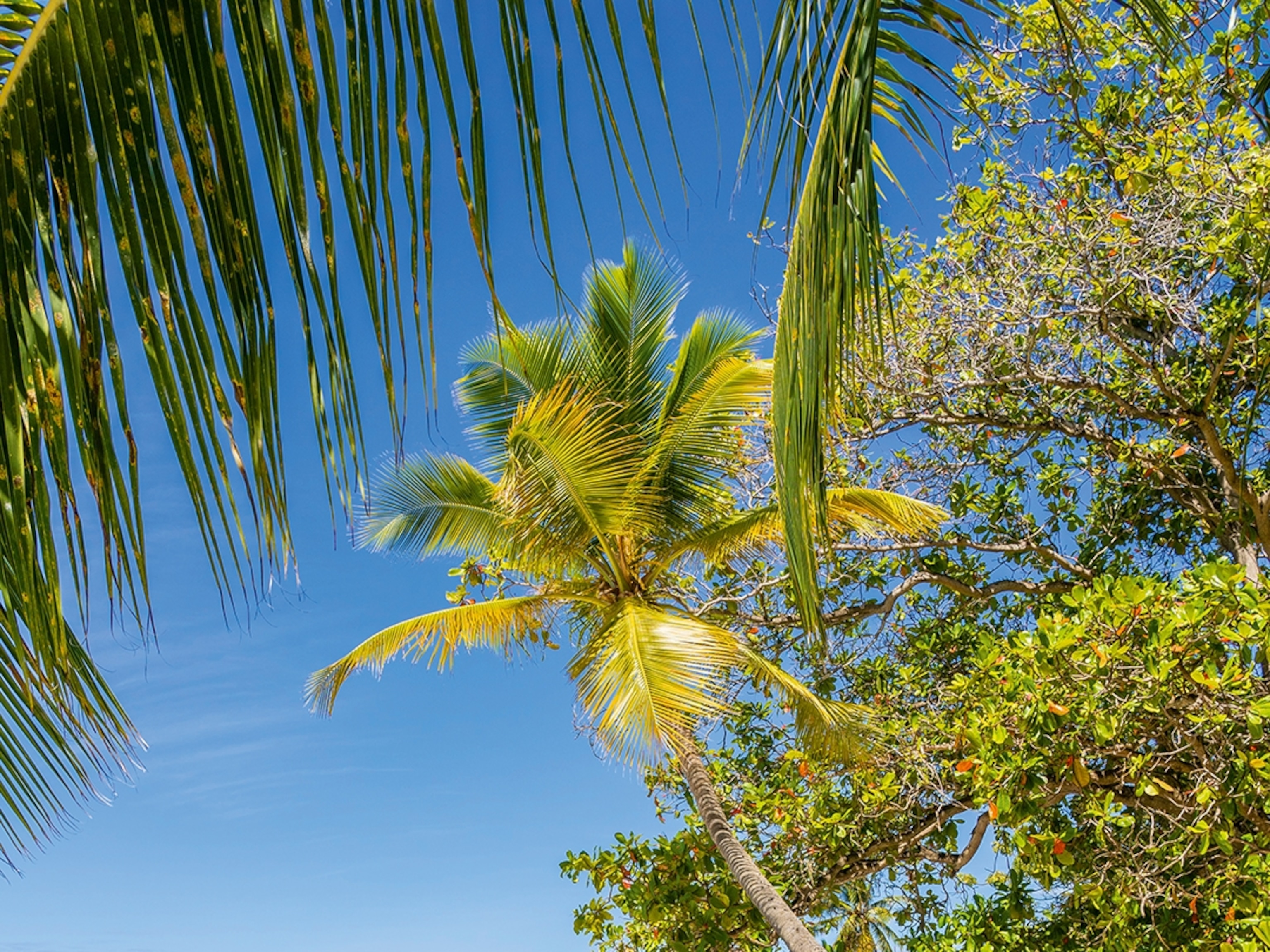
How to spend a weekend in Sylt, Germany's lesser-known island escape
The largest of Germany’s North Frisian Islands is a windswept escape, with bracing coastal walks, vast, sandy beaches and a sparkling array of fine-dining restaurants.
Germany might not seem an obvious destination for a beach break, but the North Frisian Islands have been a holiday hotspot for Germans for centuries. Most gravitate towards the slender, windswept isle of Sylt, the easiest-to-access of the 14 islands. Facing out to the North Sea, its long, beautiful beach acts as something of a blonde shield for Denmark to the east. It’s tethered to the mainland by a single rail causeway — cars aren’t necessary for exploring the island, and if you take one, you’ll have to load it onto a train first.
Dotted with five-star hotels, lavish spas and Michelin-listed restaurants, Sylt’s main towns are today famous for high-end holidaymaking. But beyond the glamour — and the bracing shoreside walks — there’s plenty of history to discover, too, from Neolithic burial sites to a wealth of thatched buildings, many of which were once the residences of 17th- and 18th-century whaling captains — relics of a bloody past that’s mercifully long forgotten.
But life on Sylt continues to be shaped by the sea — in many ways, literally: given the island’s low-lying topography, rising sea levels pose an ever-present challenge, evidenced not just by the dunes but by the coastal dyke systems found all over the island. But whether or not you’re keen on learning about shoreline management, you’ll find the pull of the coast hard to resist on this island of red cliffs and undulating dunes — a fitting backdrop for a gentle cycle or beachside stroll, ice cream in hand.

Day one: dunes & dairy
Morning
Sylt’s shape — three long, slender peninsulas — means planning ahead is vital. Start your day in the village of List, in the far north of the island. From here, there are coastal walks out to the northernmost point of Germany, the Elbow — a hook of land dotted with lighthouses that offers views across to Denmark, two miles away. If you’re in the mood for a decadent treat, then make a beeline for the Sylter Eismanufaktur ice cream parlour (the salted caramel is memorable). All the milk used to make the ice cream comes from Sylt herds — impressive, considering how little pastoral land there is. Afterwards, soak up the atmosphere around List’s ferry port, home to bars, boutiques, restaurants and fairground-style attractions.
Afternoon
Don’t leave List without having lunch at Gosch — a fish restaurant that’s now a nationwide chain. Its delectable selection includes Sylt’s beloved oysters. Afterwards, if you haven’t hired a bike, hop on a bus and head to Kampen, just south of List. While this well-heeled resort is primarily a place for people-watching and fine dining, it’s worth heading beyond Hotel Rungholt to Hundstrand Rotes Kliff beach. It costs €3.50 (£3) to access — a fee that helps to fund erosion management. Walk the coastal trail along the gorgeous Red Cliffs, with the golden beach below, and you’ll see why this landscape is worth protecting. If you have the energy, continue walking four miles south to Westerland.
Evening
Once in Westerland — Sylt’s largest town — fill your boots at one of the many restaurants. Try seafood specialist Restaurant Fisch Hüs Sylt, perhaps, or relaxed, fine dining option Foodporn — for the likes of pumpkin risotto or veal ragu open ravioli. Before you choose, it’s worth booking a strandkorb and settling in to watch the sun set (the island has thousands of these colourful wicker chairs, with most found in this area) and savour what the locals call the ‘Champagne air’. Look west, and there’s nothing but North Sea until the northeast coast of England; behind you, Sylt’s sand dunes. If the weather’s a little too bracing, enjoy the views from Hotel Miramar, an elegant property that’s been welcoming guests since 1903.

Day two: swimming & stars
Morning
If you’ve booked a room with a sea view at Hotel Miramar (or are staying anywhere near the sea), you might get a surprise when you open your curtains — many North Sea swimmers here choose to shock themselves awake by going in completely naked. But if you time your trip for late September, expect wetsuits, not birthday suits — Windsurf World Cup Sylt is one of the world’s longest-running windsurfing championships. Elsewhere, this central stretch of the island is home to some of the region’s most notable historical sites, including Denghoog, a 5,000-year-old Neolithic burial site built into a hillside, and Altfriesisches Haus, a thatched home turned museum that was first built as a grand Frisian residence in 1640. soelring-museen.de
Afternoon
Time to head to the deep south. Hörnum — a town that first took root as a military base in the early decades of the 20th century — is the southernmost settlement on Sylt where there are excellent views across the water to the neighbouring islands of Föhr and Amrum. It’s home to arguably the finest hotel on the island, Budersand Hotel, famous for its spa and golf course. Should that not appeal, there are hiking opportunities amid the dunes and heath at the southern tip, as well as a chance to admire the historic Hörnum Lighthouse. On your way back north, detour via Rantumbecken in summer months to see thousands of brent geese and other migratory bird species, which stop here en route to Siberia.
Evening
For a dinner to remember, seek out one of the island’s fine-dining establishments. Budersand Hotel’s restaurant has a Michelin star, as does Bodendorf’s, at Hotel Landhaus Stricker, in the village of Tinnum (both require booking in advance). The most in-demand restaurant is the two-Michelin-star Söl’ring Hof. With a six-course tasting menu for €264 (£228), it’s not for the shallow-pocketed, but with its focus on local produce, and intimate setting, it’s an unforgettable meal. If you’re keen to learn some of the kitchen’s secrets, a cookery course is available. Elsewhere, the more relaxed Brot & Bier, in Keitum, maintains a similar focus on Sylter produce, such as herring served on Frisian bread.
Top five beaches
1. Hornum Weststrand
The beach at Sylt’s southernmost tip is one of the least visited on the island, so come outside of summer and you may have it to yourself. The concrete tetrapods — introduced to help mitigate coastal erosion — are a distinctive sight here.
2. Rantum
To get an idea of just how narrow Sylt is, head to the outlook at Bunker Hill, overlooking Rantum Beach. It’s a great spot from which to admire the undulating dunes and beautiful sunrises and sunsets.
3. Morsum kliff
The cliffs at north-facing Morsum Kliff provide excellent examples of the sedimentary rock that dominates the island’s geology, while the calmer waters here, sheltered from the violence of the North Sea, attract thousands of seabirds.
4. Buhne 16
If you’ve never been to a nudist beach before, then Sylt may well be the place to give it a try. Around a third of all the beaches on the island are designated for people who prefer going au naturel, including this stretch near Kampen.
5. Südwäldchen
This lively spot on the fringes of the main town of Westerland has hundreds of strandkörbe chairs to rent and there are events in summer, as well as bars nearby should you get bored of the white sand.

Three to try: North Frisian Islands
Sylt’s smaller neighbours make a worthwhile stop for a quieter, gentler pace of life. There are no bridges or ferries between Sylt and the other islands, so catch one of the ferries from the mainland.
1. Föhr
The flattest and most agricultural of the North Frisian Islands is becoming increasingly popular with travellers, especially those who feel Sylt’s Frisian personality has been somewhat diluted by its popularity with visitors. This isle — far quieter than Sylt — has plenty of cycling paths as well as walks along the coastal dykes. The town of Wyk auf Föhr is the closest thing it has to a resort — it’s where you’ll find most of the restaurants and hotels, as well as a classic promenade with bandstand. For cakes and coffee, the gloriously kitschy Stellys Hüüs in the village of Oldsum has won many admirers over the years. The wetlands and abundance of fields make Föhr a popular spot for birdwatching in early summer, too.
2. Amrum
Not so long ago, it was easily possible to walk between Föhr and Amrum at low tide, but rising sea levels mean it’s much wiser to take a ferry instead. Once you’ve got there, the best way to travel the island is by bike, dozens of which are available to hire by the dock. Locals say the island is how Sylt was 30 years ago, all sleepy villages and sensational beaches. The main stretch of sand — over six miles long and almost two miles wide in places — is a popular destination for day-trippers from Föhr and Sylt. Head further north, and Amrum remains decidedly sleepy, with quaint villages like Norddorf offering a feeling of escapism — and no shortage of pretty, thatched-roof buildings,
of course.
3. Pellworm
Once part of a larger island called Strand, Pellworn became an island in its own right after a flood in the 17th century. Today, it’s the least touristy of the major islands in this corner of Germany, but still has attractions well worth seeking out. The Old Church has been in ruins for over 300 years and has a striking silhouette, while the historic red-and-white lighthouse makes for a similarly satisfying photograph. If you’re travelling in summer, don’t be surprised to see couples enjoying maritime-themed weddings here. Despite its comparative lack of visitors, Pellworm has some outstanding cafes, too — Warft, Anticus and Strandcafe all make a welcome pit-stop for their excellent cakes and strong coffee.
Top three: Westerland bars
1. Barbushka Cocktailcafé sylt
There aren’t many cocktail bars on Sylt but Barbushka makes a welcome exception. Space is tight, but staff more than make up for it with a menu of reliably good tipples. Fans of old-school cocktails like sazeracs and mint juleps won’t be disappointed. Friedrichstraße 14
2. Wunderbar
Considering how elegantly appointed so much of Sylt is, the excellently named Wunderbar is a refreshingly shabby mess of wood and graffitied walls. It opens its doors at 9pm and has the feeling of a lively apres-ski joint, only with the prices of a Hamburg dive bar. sylt-wunderbar.de
3. Bierbrunnen Westerland
If you’ve just stepped off the train to Sylt and are keen to have a beer, then this old-fashioned beer hall just outside the station will likely prove irresistible. There’s plenty of outdoor seating, while inside the decor calls to mind a traditional Frisian inn. Wilhelmstraße 5
More info
Sylt Tourism
Getting there
Westerland is accessed by a train that carries both passengers and cars. The line goes all the way to Hamburg (journey time around three hours), which is served by rail and air from several UK destinations.
Published in the September 2022 issue of National Geographic Traveller (UK)
Follow us on social media
Twitter | Facebook | Instagram







